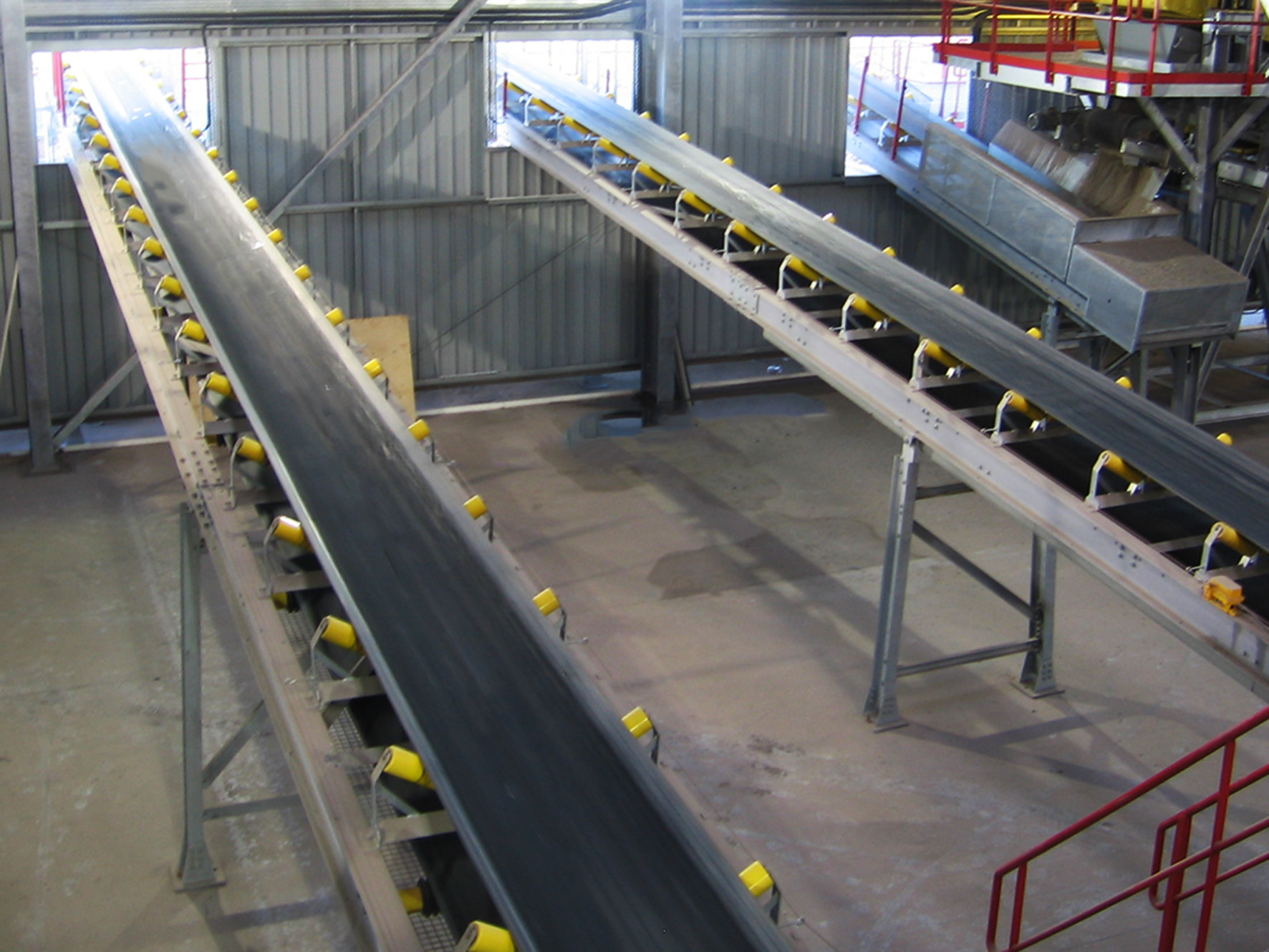
Belt conveyors for waste management and bulk N.M. Heilig
Conveyor 23-3/4″ x 25′ x 3/8″- 3ply. $ 162.00. 108 lbs. | FREE SHIPPING | Located in TEXAS. Add to cart Show Details. Page 1 of 45 1 2 3 › ». SAVE 50-75%! USED Conveyor Belting | Water Gaps, Feed bunks, Barn Walkways and More | CHEAP! Ultra durable and strong rubber that hold up to the elements!
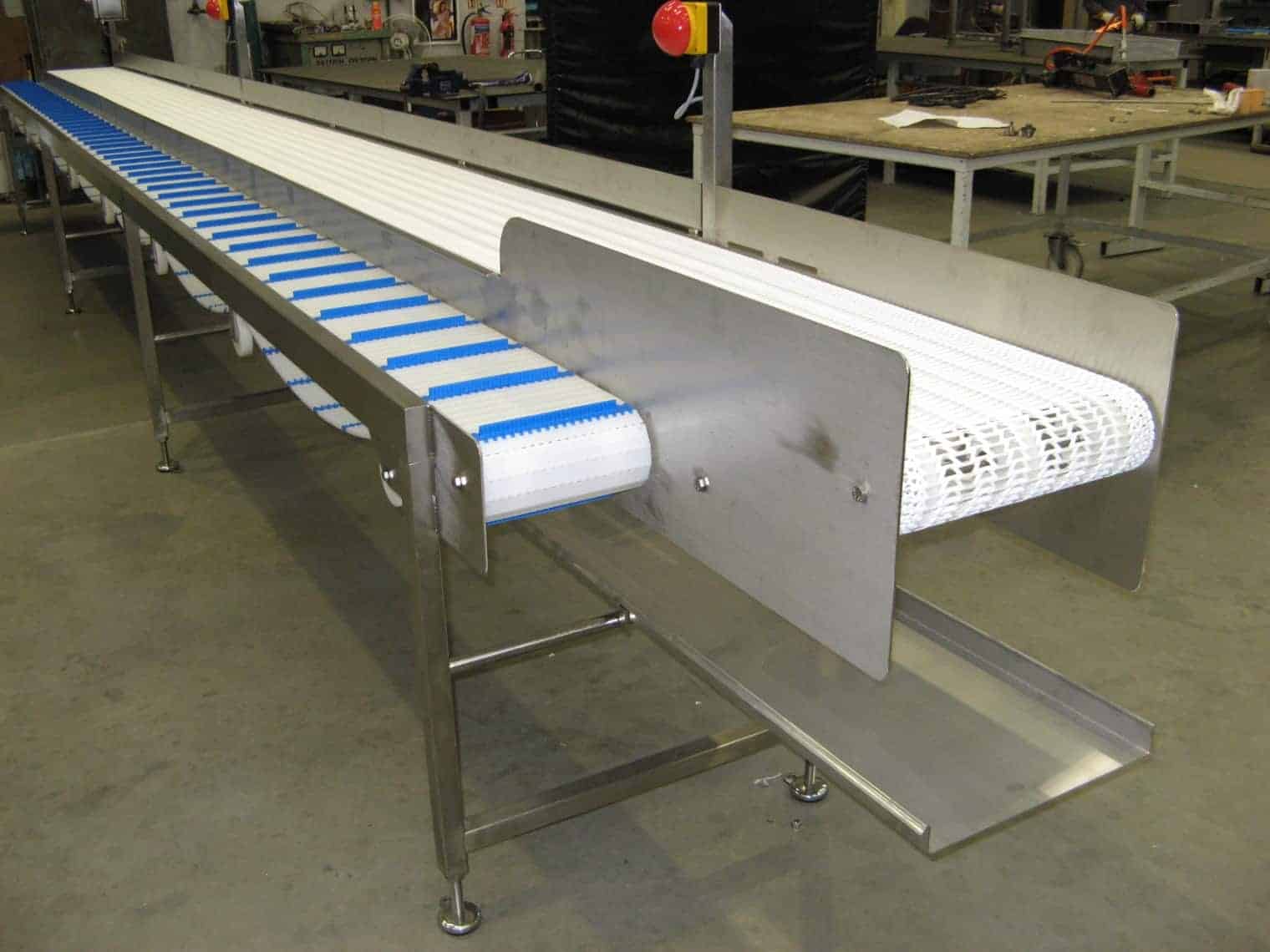
What Are The Main Types Of Conveyor Belts Where Are They Used and
Used conveyor belt exhibits the same strength & capabilities of new belting and can reduce costs 50% to 85% of the cost of a new belt while providing years of service. Contact MIPR Corp today at 1.800.540.1846 or [email protected].

How Does a Conveyor Belt Work? • Con Belt
Use steel flat pulleys as opposed to winged pulleys. Load when the belt is fully troughed. Make sure the belt is tensioned properly. Be sure all rolling components are clean, rolling, and aligned. When a vulcanized splice can't be used, skive mechanical splices. Belting specifications should be made according to system design and production.
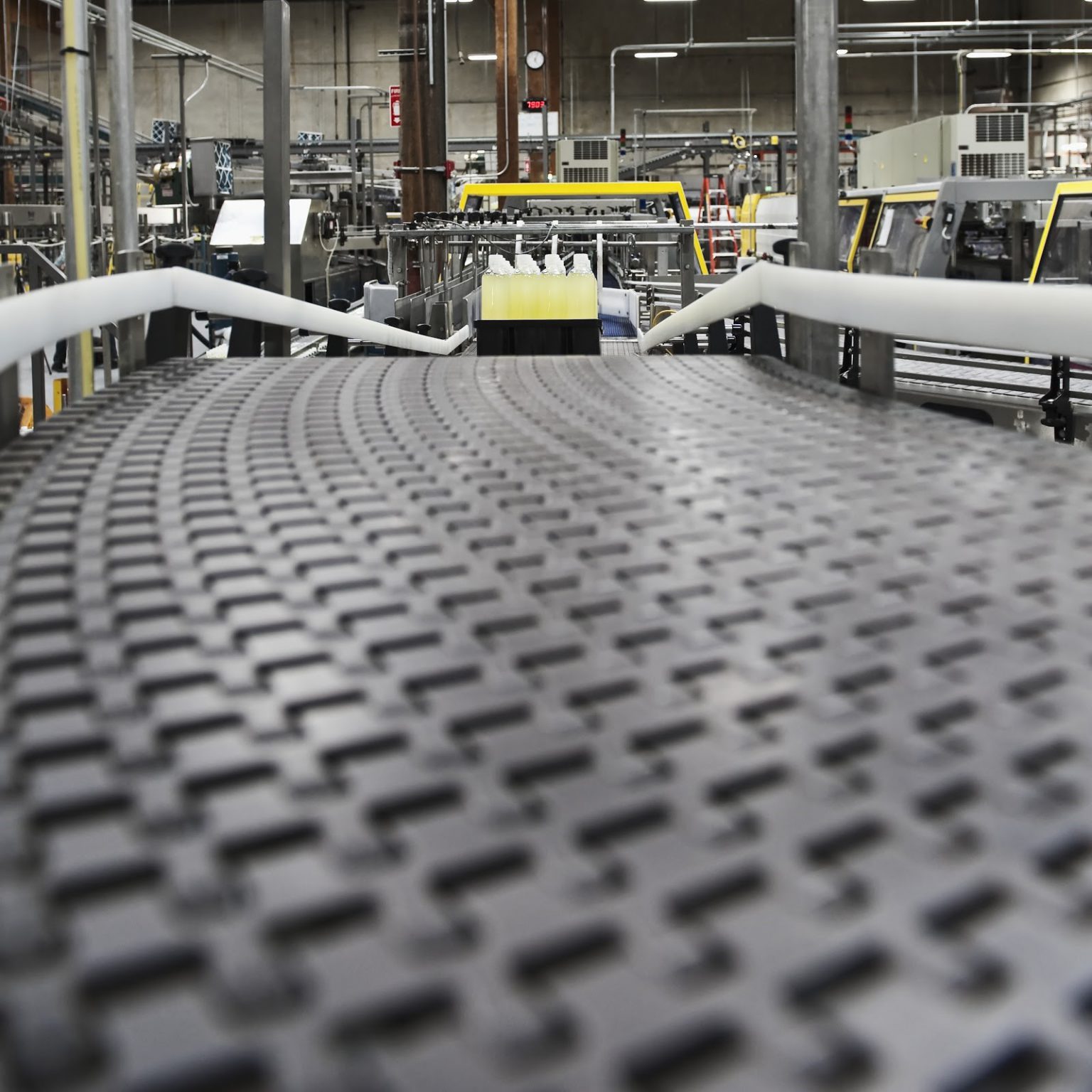
What Types Of Conveyors Are Used In Industrial Applications JHFoster
Conveyor belts are also used in airports to transport luggage and even passengers on moving walkways. Another unique use is in the entertainment industry where conveyor belts are used to create special effects such as moving stages or props during live performances. Additionally, some sports facilities have installed conveyor belt systems to.
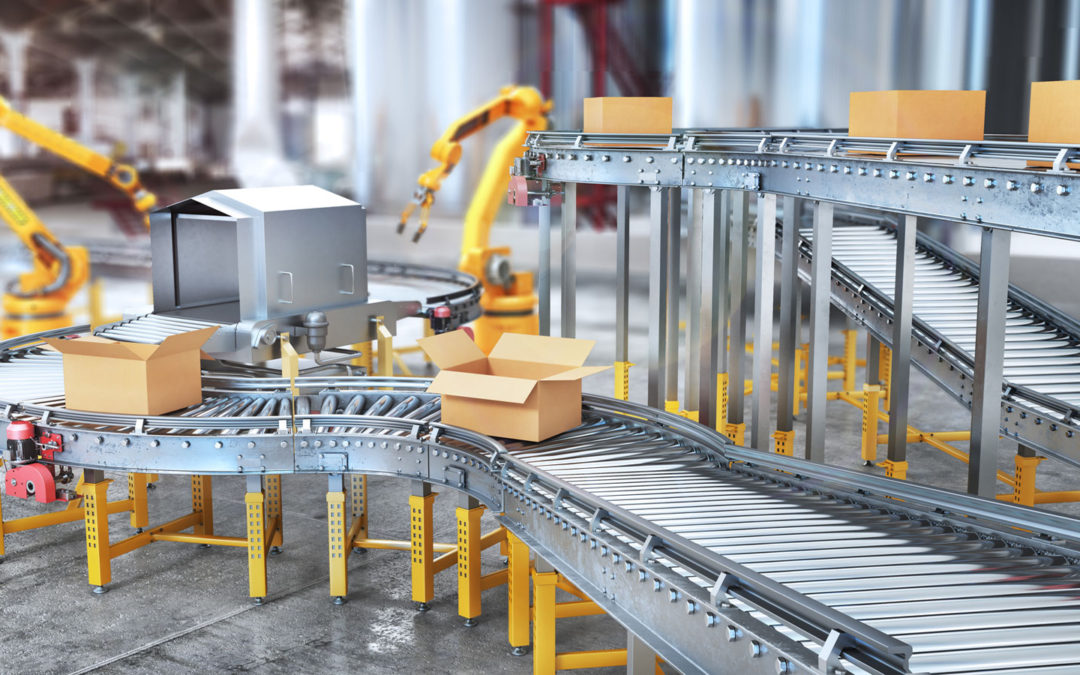
Conveyor belt systems for Manufacturing NGS Engineering
Conveyor Belts that are used for Industrial Purposes: Almost all of the manufacturers and suppliers were greatly dependent on the manpower before the emergence of industrial conveyor belts. The safety of the workforce and the quality of the product is a major issue under the manual handling of the products. In the current industry-driven.
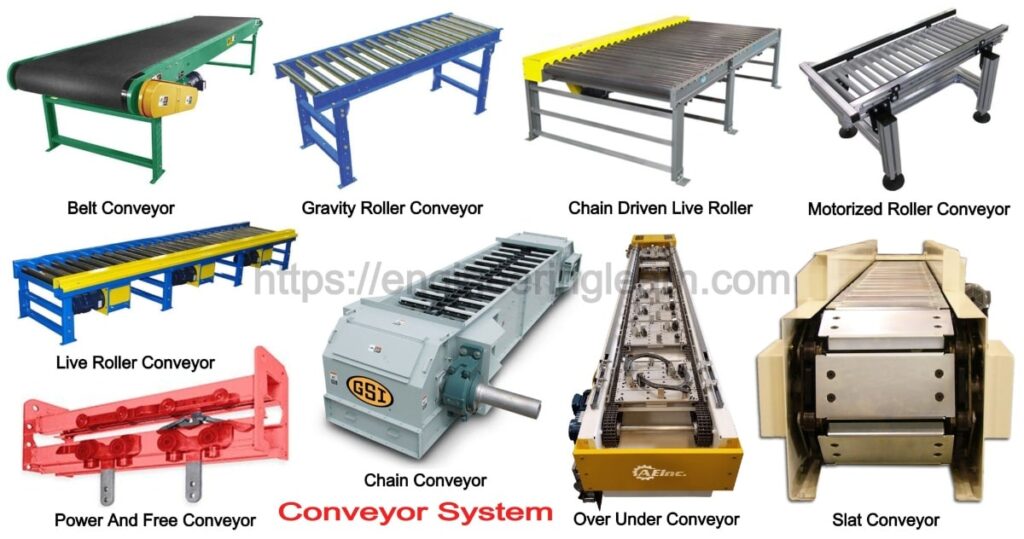
Types of Conveyor System Definition, Application, Working, Uses and Design (2023)
Conveyor belts are the types of belts that are suspended with a continous loop of material that moves around them. They are used in a number of applications in the food processing, manufacturing and other heavy industries. Industries where these conveyor belt systems are excelling and they include automotive, computer, good, packaging, print.
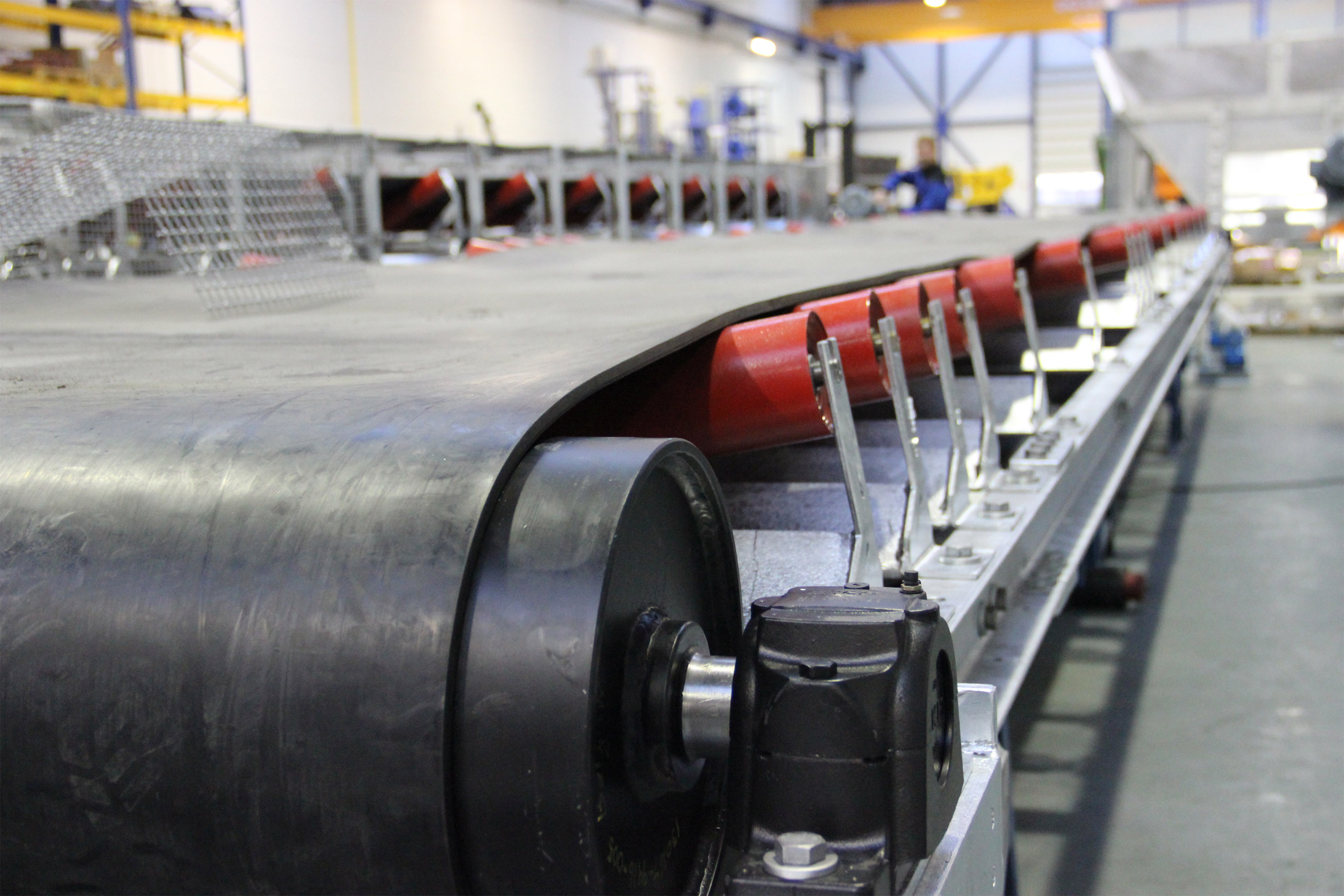
Belt conveyor for recycling and bulk handling industry Bezner
Roller bed belt conveyors are used mainly where there is hand sorting, assembling, transporting, and inspection. Examples include in: Airport baggage handling; Courier items sorting including postal offices; Flat Belt Conveyor. The flat belt conveyor is one of the most common conveyor types. It is typically used to transport items within a.
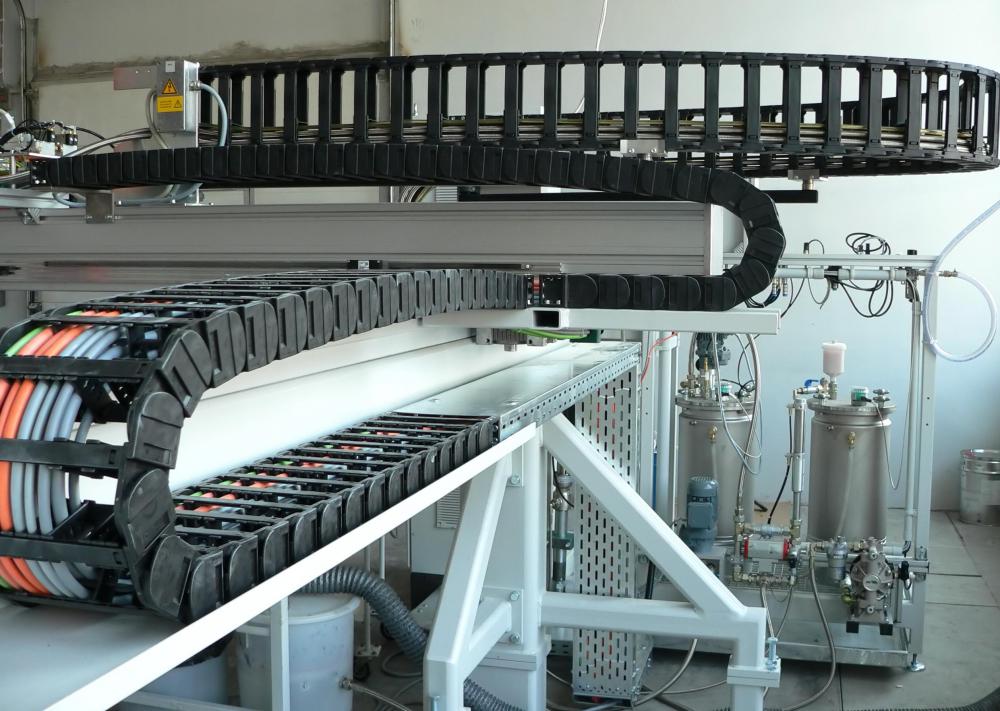
What Are the Different Types of Conveyor Belt Systems?
Water treatment companies often use these types of conveyor systems during water treatment processes. Manufacturers may use metal or synthetic fibers to create filter-capable belts. Woven metal belts. Woven belts feature interlinking chains of metal or wiring designed to allow airflow as an item moves along. Businesses commonly use woven belts.
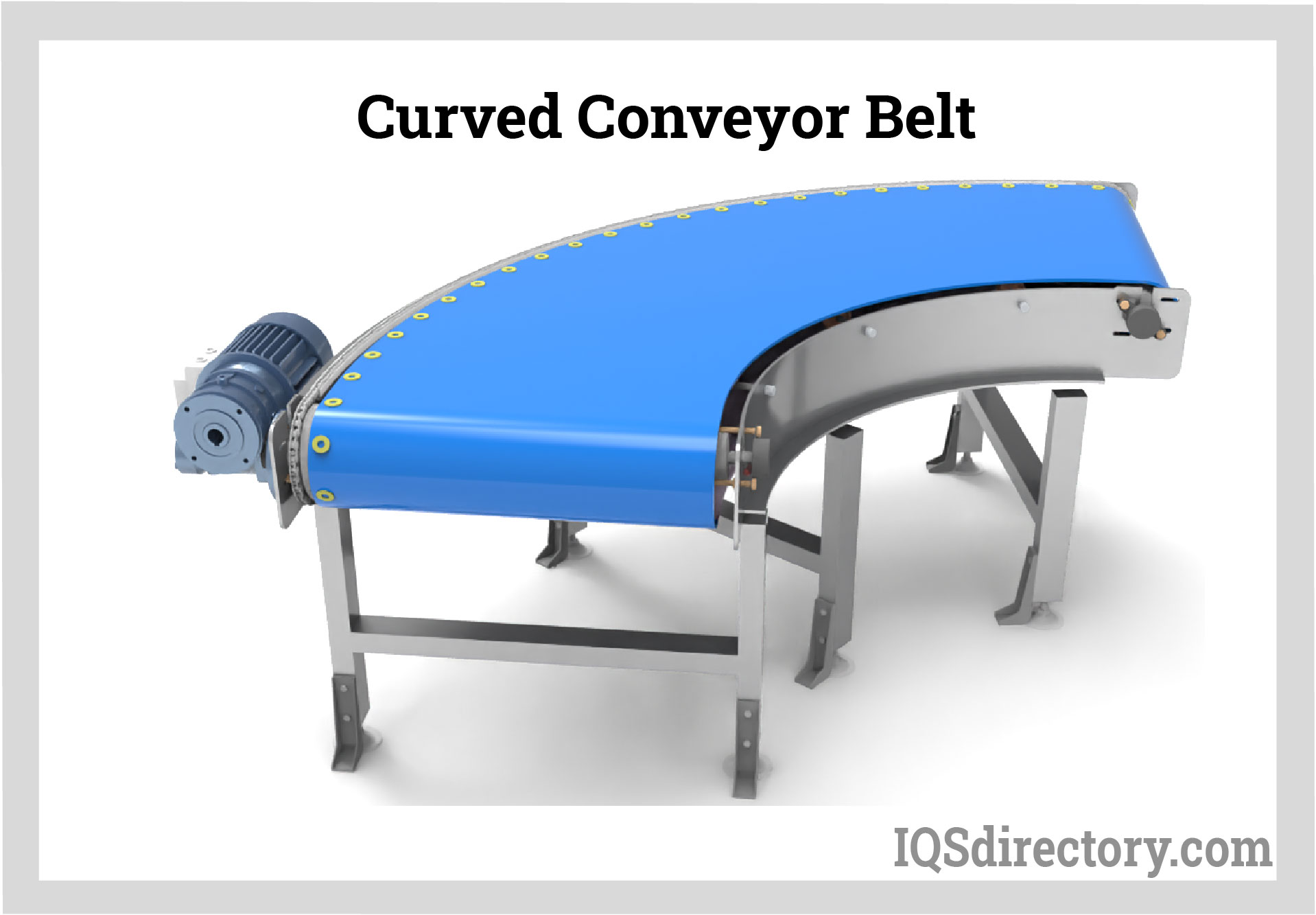
Conveyor Belts What Is It? How Does It Work? Types, Parts
Here are a few environmentally friendly alternatives to give a conveyor belt an afterlife. 1. Sell it. The most obvious and easiest way to dispose of an old conveyor belt is to sell it. Second hand is a popular option in the industry, whether it be conveyors, forklifts or mezzanine floors. If the belt isn't yet showing signs of wear, it can.

How Beneficial Mini Conveyor Belts Are To Your Industry Bit Rebels
The Sandwich Belt conveyor uses two conveyor belts, instead of one. These two conventional conveyor belts are positioned face to face, to firmly contain the items being carried in a "sandwich-like" hold. Belt conveyors can be used to transport products in a straight line or through changes in elevation or direction.

Conveyors Types and Uses of Industrial Conveyors
A conveyor belt is a mechanical system consisting of a continuous loop of flexible material that is used for the transportation of goods, materials, or products from one point to another. Conveyor belts are a common feature in various industries and serve the purpose of automating the movement of items, thereby increasing efficiency and reducing the need for manual labor.
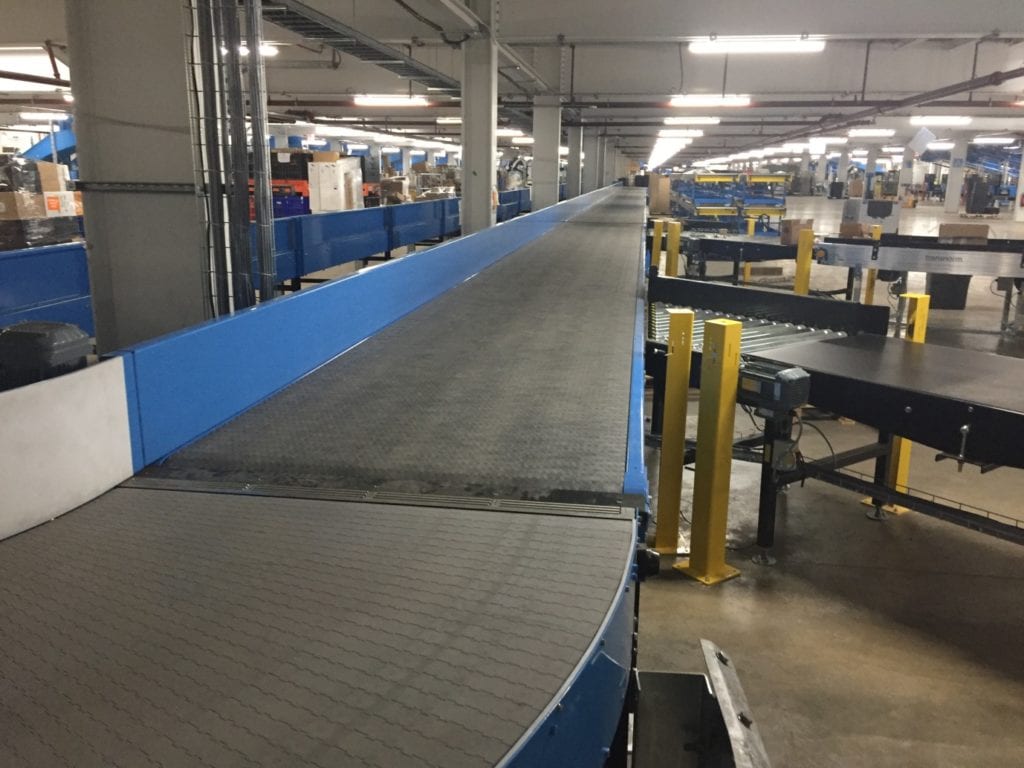
What is a conveyor belt? LAC Conveyors
Conveyor systems mostly use a rotor to power the belt and drive the pulley. The presence of friction between the rotor and the belt enables the belt to stick firmly to the rotor at all times. Metal rotor and belt. The idler and drive pulley are always maintained in the same direction - either clockwise or reverse - to ensure smooth and.

What is a Conveyor Belt LAC Logistics Automation
Power belt conveyor systems can be customized by adding separators, cleats, or sidewalls. Some of the used conveyor manufacturers we supply are: Rapistan, Matthews, Automotion, Alvey, Bestflex, Hytrol, Omni, TWG, Roach, Metzgar, Bushman, Portec, and Ermanco Conveyor. Power belt conveyors may also be referred to as: incline conveyors, belt.
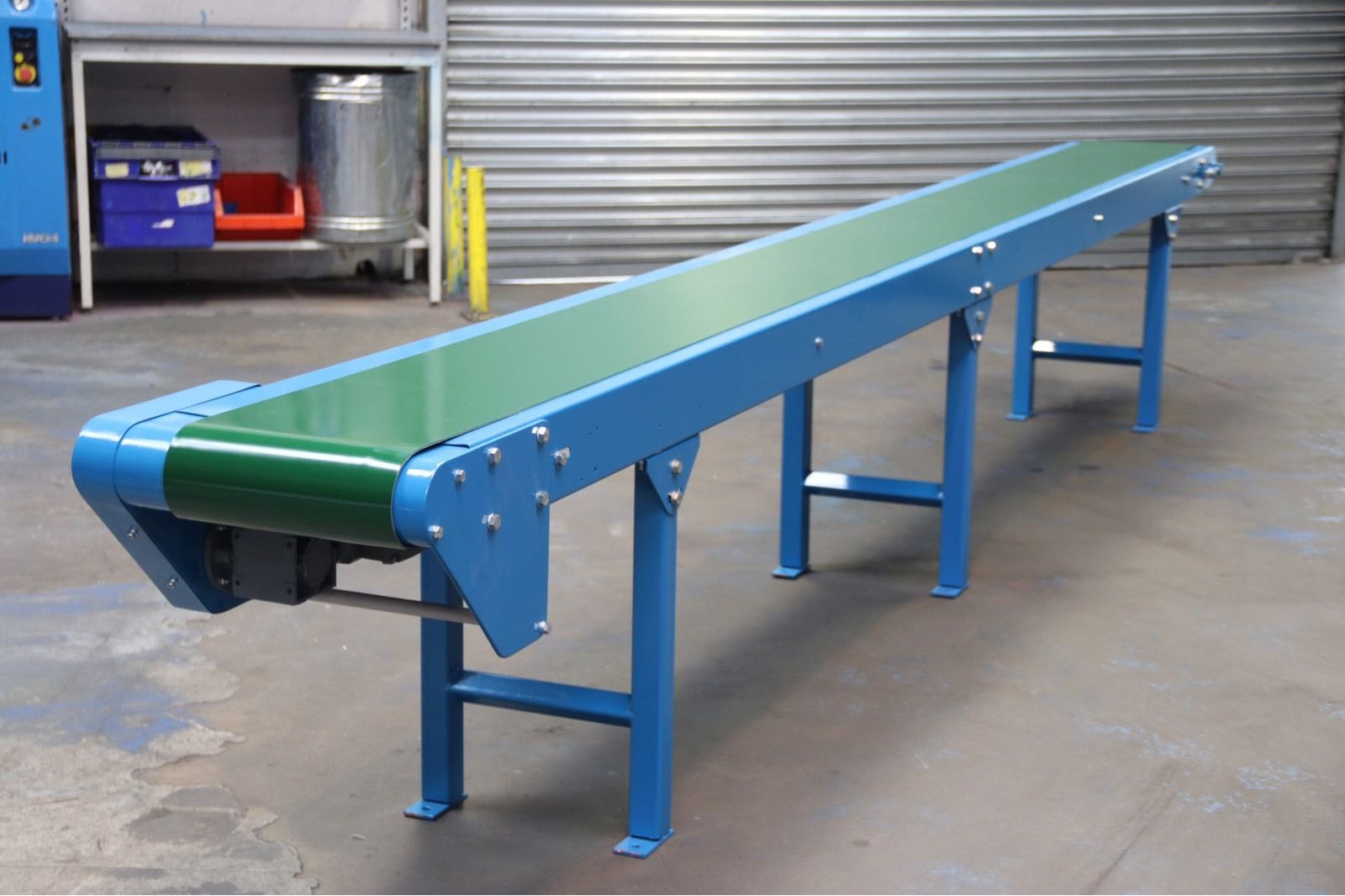
Why are Conveyor Belts Used? News ch
These belts optimize productivity. In the food industry conveyors are used to deliver the product to cooking or sealing equipment, then off to packaging. Conveyor Uses "Treadmills are operated by the use of conveyor belts. Check out counters at the grocery store use conveyor belts to move items to be purchased along toward the check out point.

What Is a Conveyor System and How Can It Help Your Operations?
These conveyor structures contain belts for moving bulk sulfur from railcars to storage piles and from the piles to ships.. A conveyor belt is the carrying medium of a belt conveyor system (often shortened to belt conveyor). A belt conveyor system is one of many types of conveyor systems.A belt conveyor system consists of two or more pulleys (sometimes referred to as drums), with a closed loop.

Incline belt conveyor Belt conveyors
A belt conveyor. Image used courtesy of Ultimation Inc. A conveyor belt is commonly used and is a generally less expensive option. Industrial environments can use it for most material transportation applications. The belt's construction material varies depending on the transported material characteristics, area requirements, and operations..